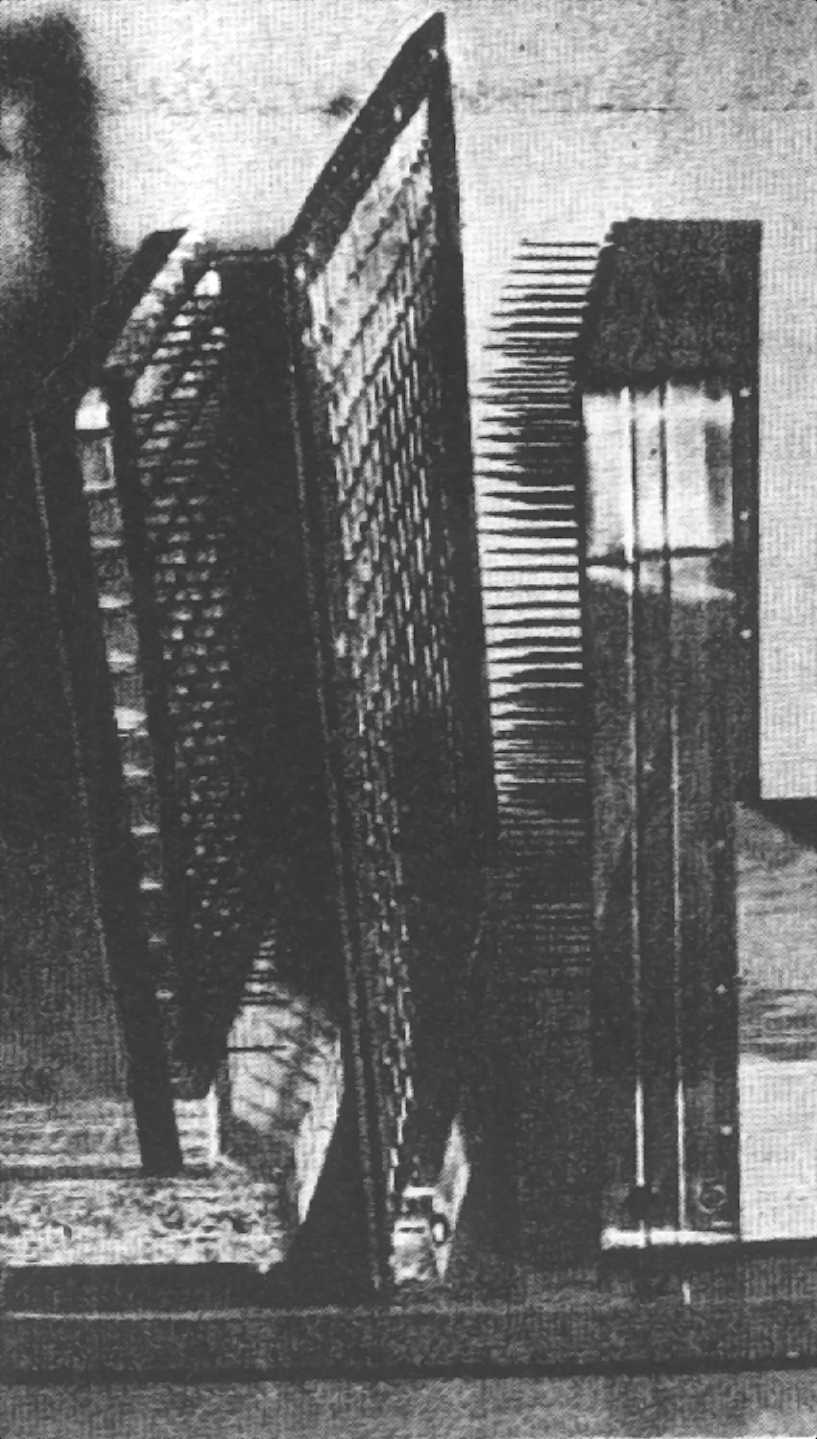Dr. David M. Tombs was the designer of a corona wind loudspeaker (ion speaker) in the UK in 1955. This design was never patented or commercialised but was demonstrated at the Imperial College, London, and at the AES in New York. An article by Tombs appeared in Nature in 1955 and Electronics in 1957. No doubt inspired by earlier works and patents of the 1920s Tombs went on to develop, research and improve the device in detail. It was the first widely demonstrated corona discharge based design.
Early in its development the American Gerald Shirley was involved in the project, focusing on trying to commercialise the design. He authored a few more larger detailed articles in Radio and Television News (1956), the JAES (1957) and Radio-Electronics (1957). However it never became a product for sale.
Gerald Shirley did get exclusive rights to the speaker for manufacture by his company Televex Co. in the US. Tombs had been involved in a wide variety of other technology developments before this and went on to pursue his career in a different direction (at Hoover) afterwards. Neither inventor patented the device. The book Acoustics and Vibrational Physics (1966) did feature a section on it as did Electroacoustics (1970). For further technical information on it the paper by Matsuzawa 1973 is detailed about a speaker based on Tombs' design and the thesis by Sterba 1991 does further work.
Prototypes of these devices showed promise but also demonstrated some shortcomings. The smaller units were very quiet but did produce a full frequency range. You would need to be quite close to the high voltages to listen, and being close also meant the background hiss was more obvious. The main drawback of efficient ozone production was also very evident. Later larger units made by others (Pass, Iverson etc.) increased this and with increased size power consumption also went up dramatically. Gerald Shirley's demo unit is known to have been disposed of later by accident, but there are some photos in his articles.
